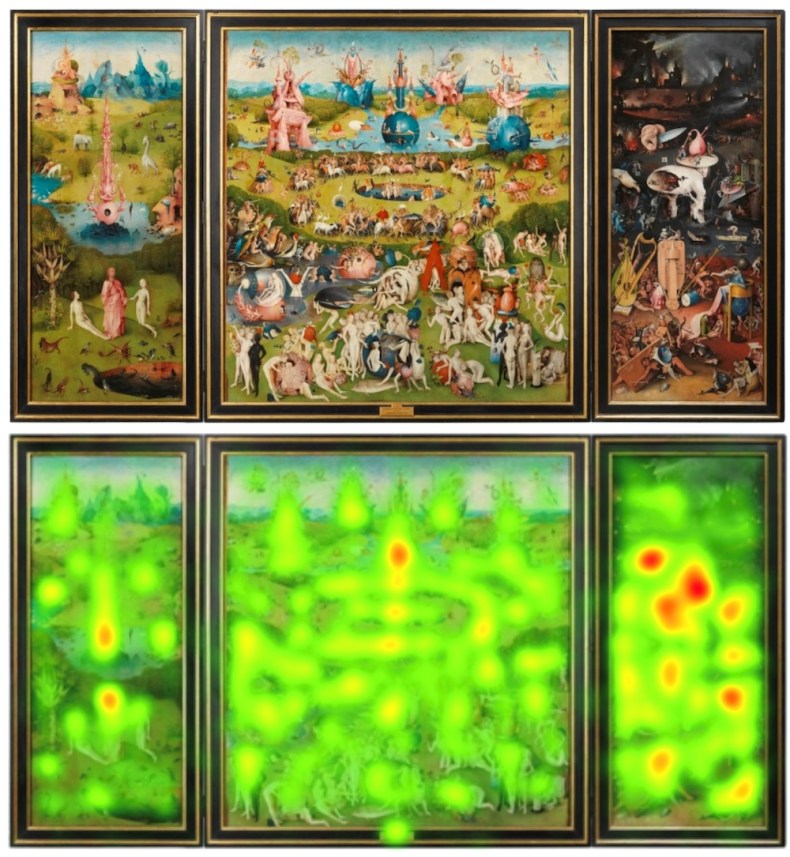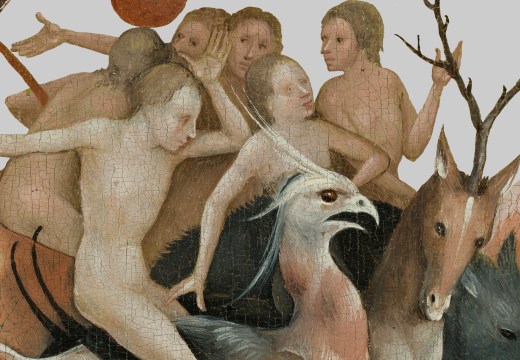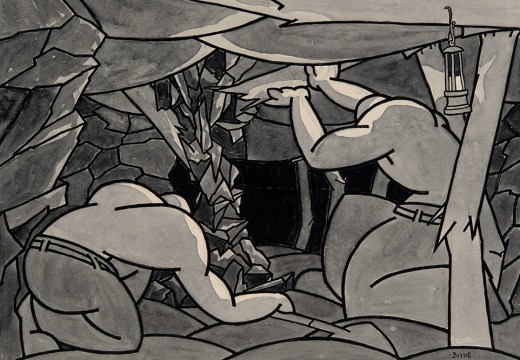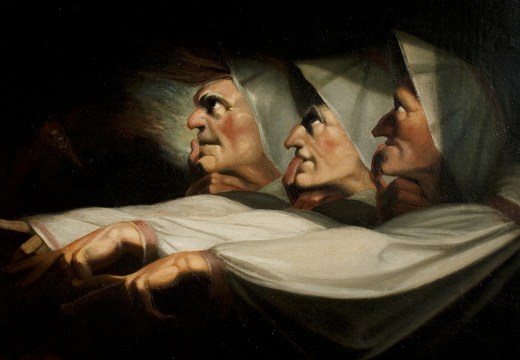Introducing Rakewell, Apollo’s wandering eye on the art world. Look out for regular posts taking a rakish perspective on art and museum stories.
Rakewell has always found scenes of hellfire infinitely more intriguing than those of heavenly realms. How could fluffy clouds and putti possibly compete against sinners dangled by demons over vats of hot oil?
This preference is now backed by science, specifically research commissioned by the Prado. A team from Miguel Hernández University has taken the time to measure the eye movements of viewers of The Garden of Earthly Delights (c. 1490–1510) by Hieronymus Bosch. Time well spent: the resulting heatmap proves that the hotspots indicating the most-looked at areas are densest in its righthand panel full of fizzingly inventive depictions of hell. This is, perhaps, not surprising; who could resist the psychedelic sight of a pig in nun’s garb? Edenic idylls are weak sauce in comparison; even Adam is having a sit down.

The Garden of Earthly Delights (Triptych) (1490-1510), Hieronymus Bosch, with a heat map below illustrating the most visually stimulating areas of the painting. © Madrid, Museo Nacional del Prado. Depósito de Patrimonio Nacional
Gazes linger longest on the central figure in Hell: a hollow-bodied tree-man balancing a scrotal-looking bagpipe on his head. But God – shown introducing Adam and Eve for humanity’s first first date – barely gets a look in. He registers as a pale tangerine on the heatmap for Heaven, while the hotspots in Hell are the satanic red of fixed gazes. Fire and brimstone: in. Prelapsarian paradise: out. What that says about human psychology is, perhaps, a question best asked of the Almighty himself.
Got a story for Rakewell? Get in touch at rakewell@apollomag.com or via @Rakewelltweets.
Unlimited access from just $16 every 3 months
Subscribe to get unlimited and exclusive access to the top art stories, interviews and exhibition reviews.














![Masterpiece [Re]discovery 2022. Photo: Ben Fisher Photography, courtesy of Masterpiece London](http://www.apollo-magazine.com/wp-content/uploads/2022/07/MPL2022_4263.jpg)
Has the Fitzwilliam lost the hang of things?